Michael Osterholm on avian influenza and the risk to people
By Frederica Freyberg | Here & Now
February 28, 2025
Center for Infectious Disease Research and Policy Director Michael Osterholm considers the status of H5N1 bird flu in wild flocks and commercial poultry amid concerns over its spread among humans.
VIDEO TRANSCRIPT
Frederica Freyberg:
What do we know about the spread of bird flu in Wisconsin? The avian virus has hit commercial poultry flocks in Kenosha and Barron counties, where one worker also contracted it. It's been confirmed in wild bird populations across the state this winter, and it's suspected to have killed 90 mallard ducks on a pond in Outagamie County just this week. Confirmation of that outbreak awaits test results. We turn to Dr. Michael Osterholm, epidemiologist at the University of Minnesota's Center for Infectious Disease Research and Policy. And thanks very much for being here.
Michael Osterholm:
Thank you.
Frederica Freyberg:
So, what is the status of bird flu in this region, and are we holding it at bay?
Michael Osterholm:
Well, first of all, one has to understand that the natural reservoir, or the location where this virus exists, is actually largely in waterfowl. And waterfowl across the North American continent are just about everywhere. There's over 40 million of these birds. And when they get infected, sometimes they die, but oftentimes they won't, and they're able to spread the virus in many locations at one time. So, we're seeing activity right now not just in the upper Midwest but throughout much of the country. And it's when these birds then have contact with other animal species or, for example, in a waterfowl that may die and then consumed by another animal species, they get infected. And what we've also seen, of course, is in the poultry world where, and we do have an abundance of poultry, both chickens and turkeys as well as egg-laying chickens, in the upper Midwest. And what's happening is that virus is making its way into these barns, either it's what we call a lack of biosecurity, where people don't change, you know, their clothing between barns, they don't, you know, adequately wash their boots, et cetera. But also we're seeing evidence now of what's wind-blown transmission, where, again, a flock of geese may very well land on a field somewhere out there, eating all day the corn that was left from the harvest, and then defecating, and then as that dries, and the wind blowing potentially into these barns. So we have some real challenges right now. The final area, of course, that we're so concerned about in Wisconsin, has every reason to be concerned, is the issue of dairy cattle. We saw a little over a year ago the spillover of this virus from birds to dairy cattle, and the fact that the virus now can replicate very well in the udder of the cow, something we did not know until this past year. And so we've seen large outbreaks throughout the country, primarily in the western states, California being the really major location where we continue to see transmission between cattle, dairy cattle, after once they became infected with that bird spillover.
Frederica Freyberg:
What's the expectation as to the, you know, widespread spread of this and even into Wisconsin and its dairy cattle?
Michael Osterholm:
Well, first of all, this virus is around the world right now. We have a major outbreak ongoing right now in Antarctica, in which a number of the penguin populations are at great risk from this virus, and many are dying. So it's everywhere. What we really need to look at though down the road is from a human disease standpoint, what are the animals we're most likely to have contact with that could bring the virus to us? And that really remains largely from the poultry side of the house as well as the dairy cattle. So, yes, we might have contact with a wild animal that dies, but you can obviously do that safely with wearing gloves, et cetera. But when we're having everyday contact with the dairy cattle or with poultry, that makes it a very different situation because there people can get infected. Now, I can say that with over 70 cases of H5N1 infection in people in this country in the last year, most of them have been people who work in dairy operations or in poultry operations. Fortunately, almost all of these illnesses have been very mild, what we call conjunctivitis, or infection of the eye, because there happens to be certain receptor sites or cells in our eyes that allow the virus to penetrate that, but not necessarily into our lungs. What we worry about is one day that the virus will continue to mutate and change in such a way that then can start to develop infection in our lungs, and that would be potentially the first step towards a new influenza pandemic.
Frederica Freyberg:
That's exactly what I was gonna ask you about, what your concerns are around a pandemic.
Michael Osterholm:
Well, you know, I used to say in the earlier days of influenza and the potential for a pandemic that you always have to sleep with one eye open. Well, today I sleep with both eyes open as it relates to influenza. I think that we've never seen this magnitude of transmission around the world. We've never seen the number of opportunities for this virus to change genetically. Think about every time a new H5N1 virus is hashed out of a cell, that's like another throw at the genetic roulette table for a mutation. And a mutation then means this could be the changes that would occur enough in the virus to readily infect humans, who then in turn can infect others by just breathing. So, this is a real issue. Unfortunately, our vaccines we have are good vaccines, but they're not great. We would have a very difficult time making enough vaccine in the first year of a pandemic to cover more than a quarter of the world's population. These vaccines will surely have a positive impact on your clinical outcome, but they're not necessarily gonna prevent you from getting infected. So I think that we have a lot of work to do, and I wish we would focus on that. Right now, our investment in new influenza vaccines for humans and animals is really just a small, small part of what it needs to be.
Frederica Freyberg:
Is the CDC and other federal agencies keeping pace with bird flu at this time?
>> Well, over the course of the last month with the new administration, we have to understand that, you know, there may be some downtime in terms of responding, as there would be with any change in administration. But we're also concerned that we're seeing these dramatic cuts that are occurring that are pretty indiscriminate, more of a machete approach than a surgical knife, and with that, they are taking people who are critical to responding to this kind of activity and what they can do. We're also seeing right now the potential impact on research funding. The NIH may have to change how much money they provide universities to support basic research, which if that were to happen, it would be really a major research disaster in this country. Much of that research that we see today is things like applied research on vaccines for influenza and coronaviruses. So I am very concerned about that, and we already were not spending nearly enough to be commensurate with the risk pandemic flu plays. But with the recent potential cuts, it could really be a real challenge.
Frederica Freyberg:
What about a federal plan to address avian flu? Is there one?
Michael Osterholm:
The U.S. Department of Agriculture in a press briefing and an op-ed piece recently laid out some general concepts about a plan for responding to poultry and dairy cattle. I think many of us are waiting for much more detail on that plan before we pass judgment. But, you know, we've really, for the last year, have not adequately handled the issue in terms of poultry and cattle becoming infected. You know, not much we can do about the wild waterfowl, you know? They're gonna be out there, they're gonna continue to, you know, spread the virus around North America. But we can do something about the production of poultry as well as the dairy cattle. And I think that at this point, we surely need to do a lot more than we're doing.
Frederica Freyberg:
Not to be an alarmist, but how worried should we be?
Michael Osterholm:
Well, as I say often, the pandemic clock is ticking, we just don't know what time it is. And I think from that perspective, you know, it could happen tomorrow, but it could be five, 10 years from now, we don't know. But it's one of those ones you don't wanna wait to find out that you weren't prepared when it happens. And so I think the immediacy of our work to try to come up with better vaccines is really very critical.
Frederica Freyberg:
All right, Dr. Michael Osterholm, thanks very much.
Michael Osterholm:
Thank you.
 Passport
Passport


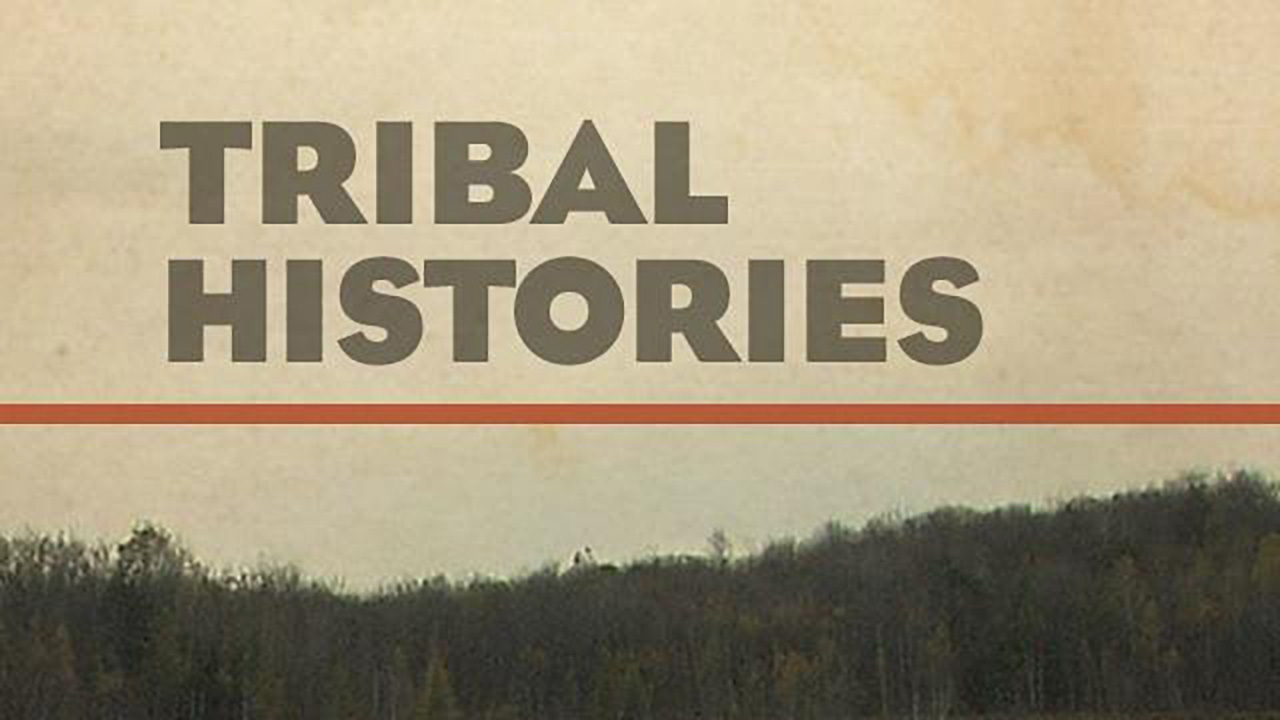


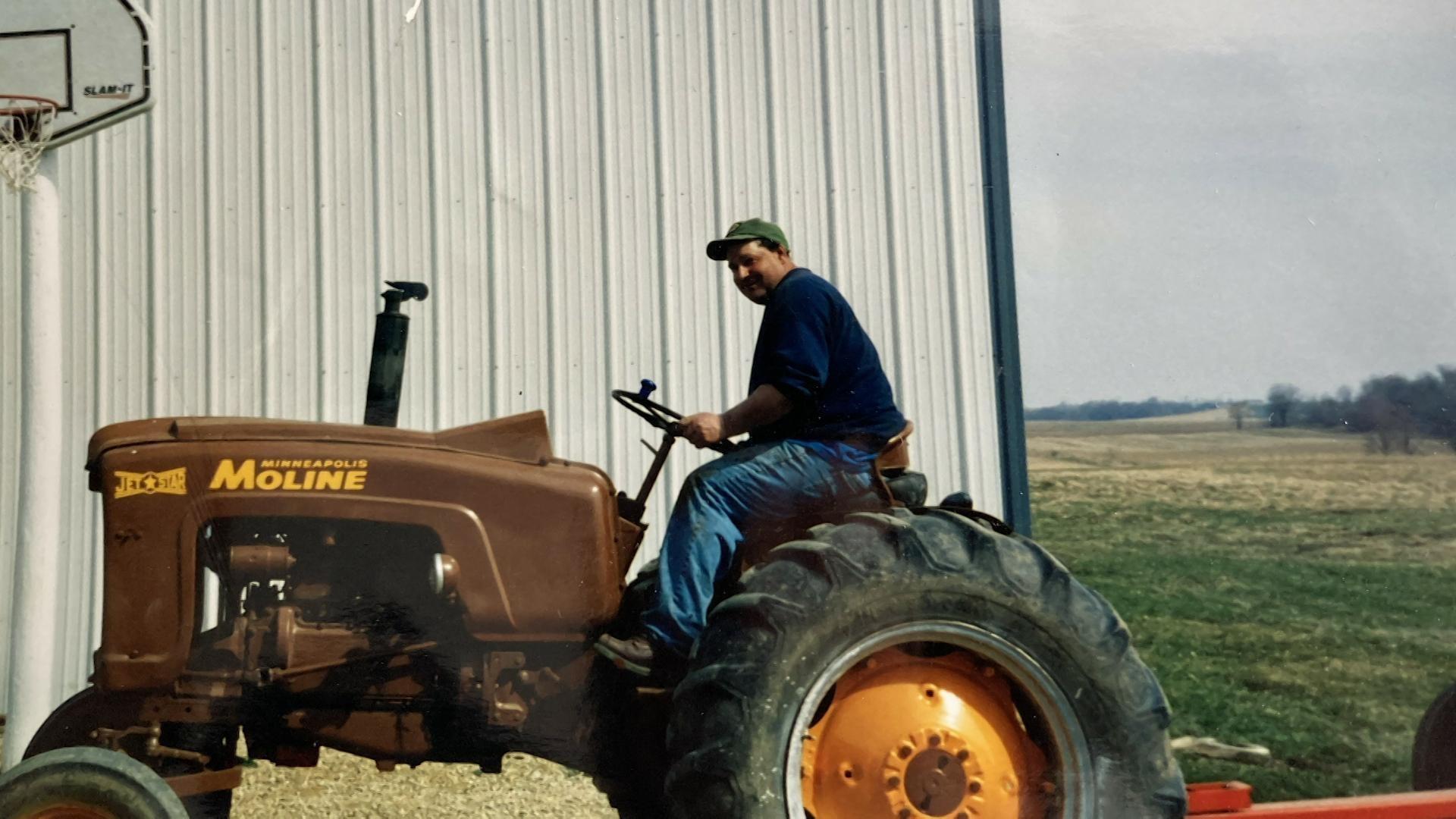
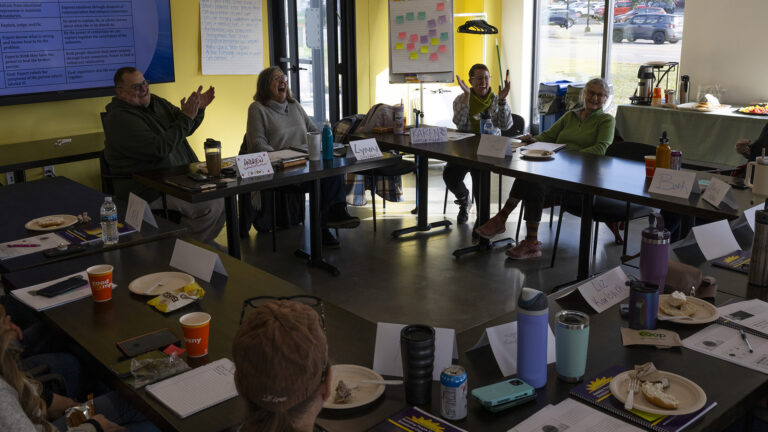
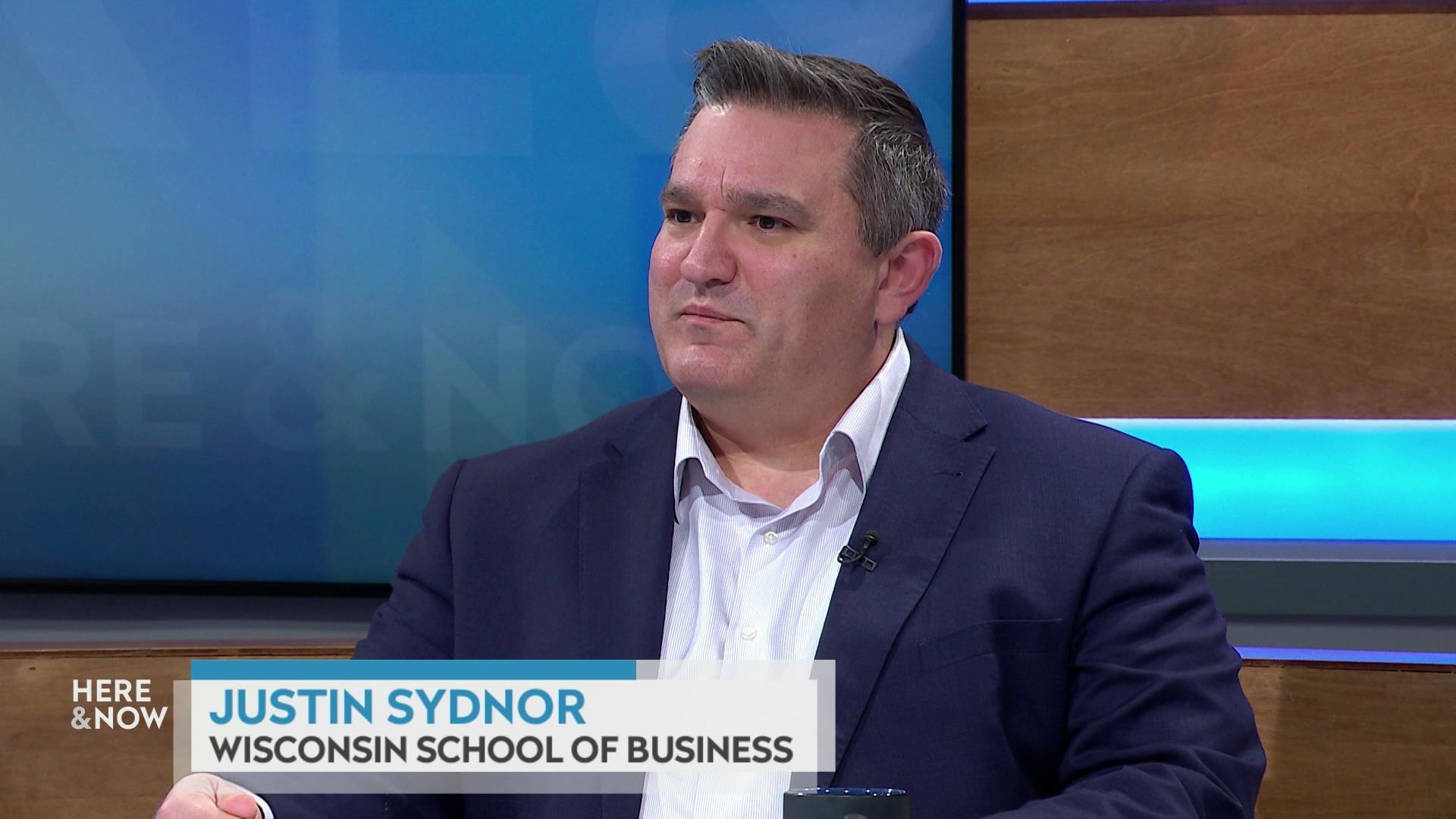
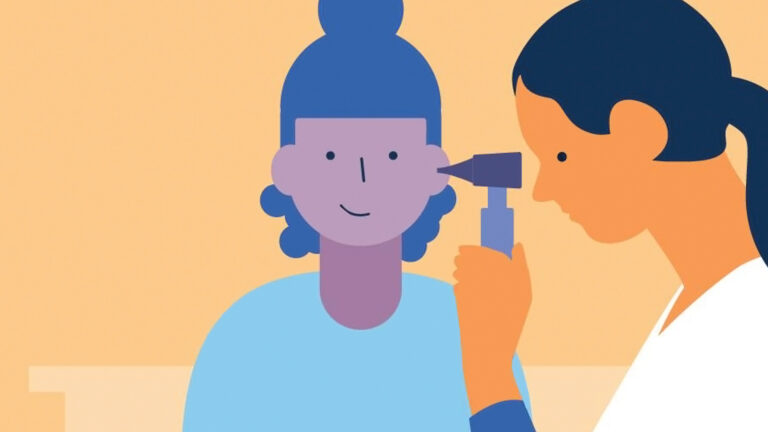


Follow Us